seems very handy to me , 4 different antennas and one antenna cable, and then a little remote controlled switching box in the mast, just as a test setup… not permanent of course.
I did some testing on different antenna’s, and tbh I find such a switch box a bit overkill. It takes days or weeks to reasonably test an antenna (in and outside of buildings, different distances, weather types etc). Getting on your roof to swap antenna’s every now and then isn’t that much overhead compared to that  .
.
I have my reason… what if i transmit a special packet and the antenna is magically switched…I stay on the same spot and can receive signal info from the backend.
well its just a 'work in progress 
anyway, I am not allowed to place an antenna on the roof of this 3 story building, only on my roof terrace.
so i need something like this
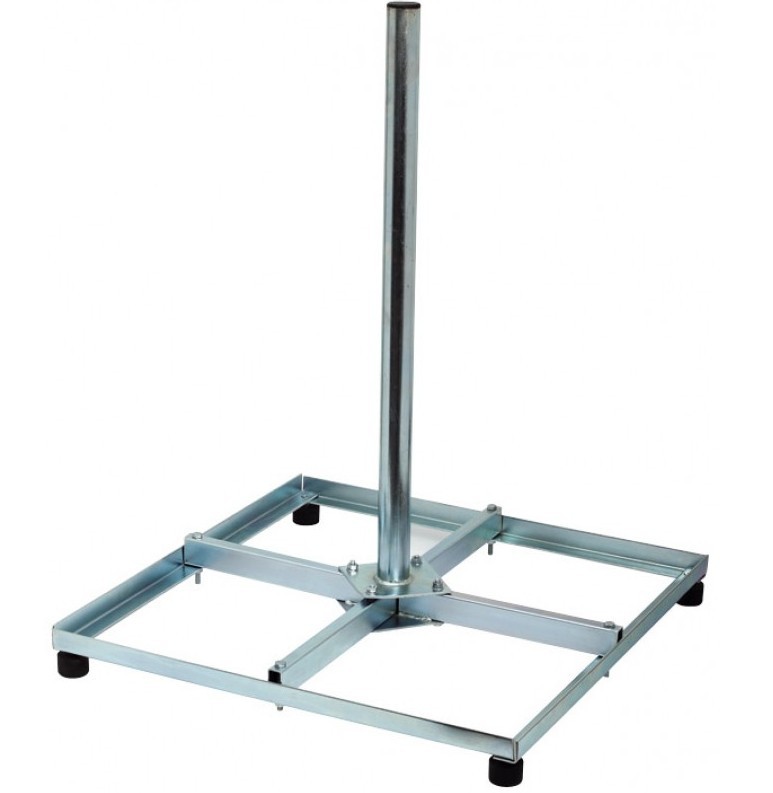
I wouldn’t be surprised if it’s empty. I can recall someone on the forum who added an additional big pvc tube around the actual antenna because the to be gateway owner who ordered it insisted on getting a really big ass antenna. 
btw, did anyone actually tested a sunhans?
That’s correct. Well, it’s not normally empty, but they extend the feedline quite a bit. The only thing I can think of is to gain additional height. But maybe that is something @lex_ph2lb knows more about.
Yes, I’m using and testing the Sunhans 13dBi, and comparing it to a self made ground plane antenna (the one from @lex_ph2lb ). I’m getting quite good range with the Sunhans, even directly below it (you would expect a dead zone there), but my testing site is not high enough to really measure a difference between the Sunhans and the ground plane. I’m planning on doing some more testing later, but I have to focus on other things right now. But so far, the Sunhans seems to be a very suitable antenna: cheap, compact and performing well.
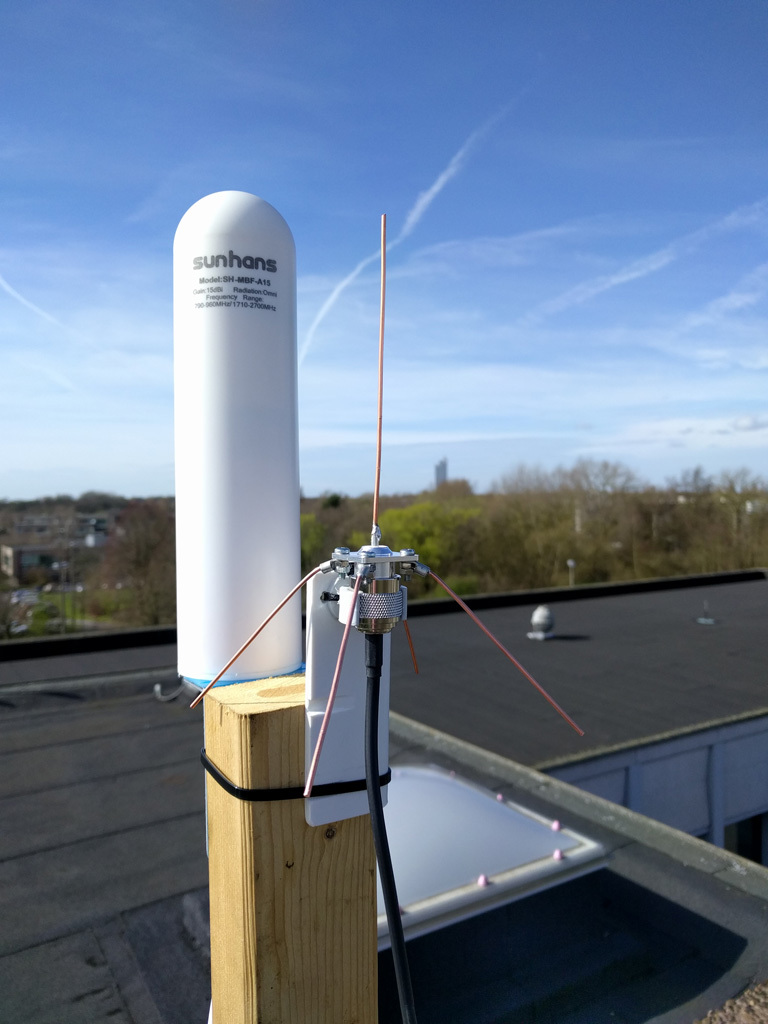
Picture of the test setup
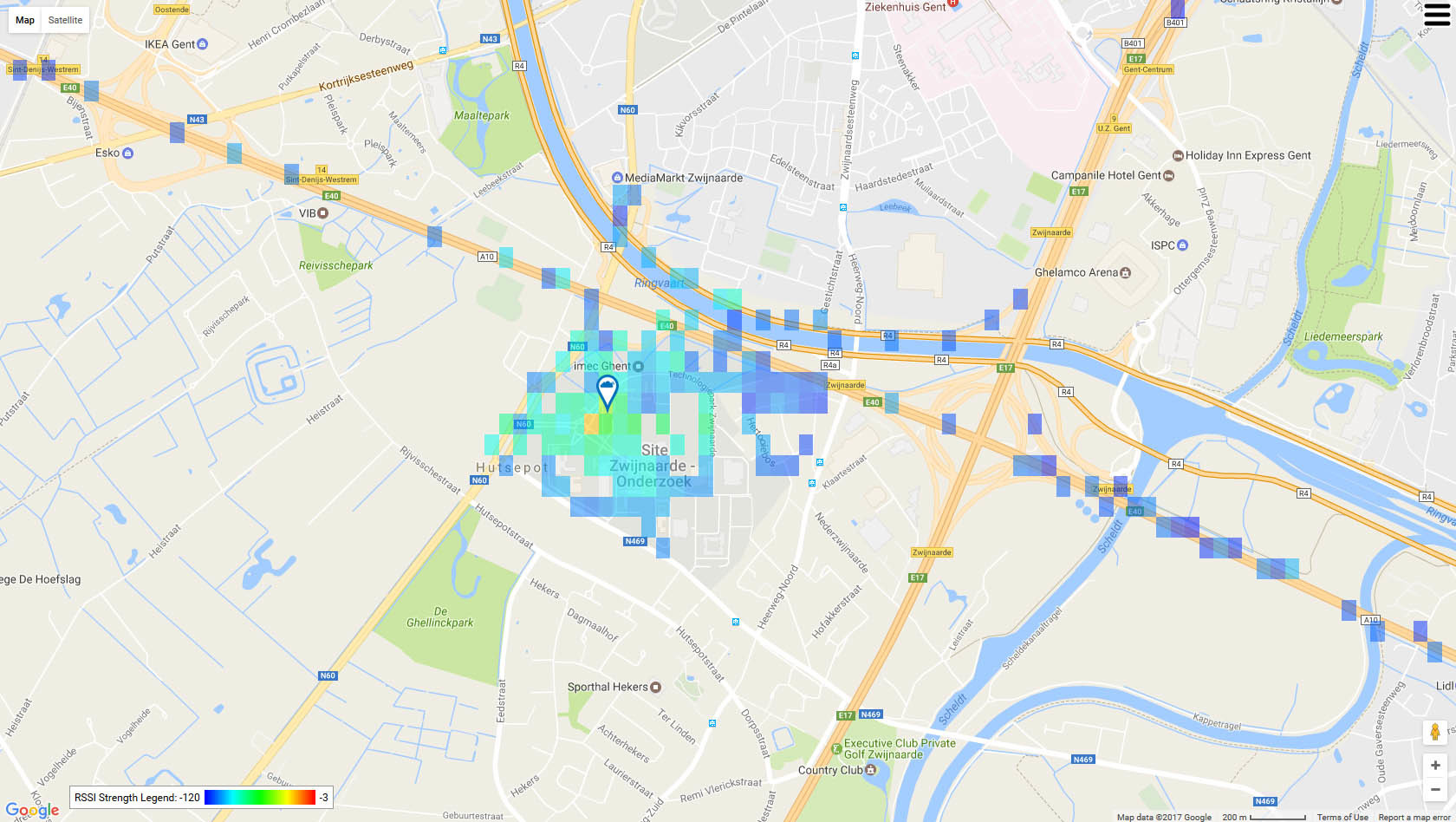
RSSI measurements of the Sunhans coverage
If it preforms well, you should use it. When you want to be sure, the real test is using them both with a node on a fixed distance for example 500m clean line of side (in the main lobe of the radiation diagram which I think will be in the horizontal plane). The difference in RSSI will give a indication about the gain (using the ground plane as a reference).
In the deadzone the antenne will indeed be less sensitive, but remember that LoRa signals scatter and reflections can be easlie picked up but also LoRa has a huge link budget. Evan a -30 dB attenuation in the radiation pattern lets enough signal through when the node is var below the horizontal plane.
Like the diagrams in : http://www.ebay.com/itm/Sunhans-3G-2100MHz-Mobile-Amplifier-Repeater-Fiberglass-Antenna-Signal-Booster-/301954046465
Note : The way you have setup the antennas in the photo will have impact. Normally a clean surrounding will be best.
[quote=“Epyon, post:53, topic:5977”]
That’s correct. Well, it’s not normally empty, but they extend the feedline quite a bit. The only thing I can think of is to gain additional height. But maybe that is something @lex_ph2lb knows more about.[/quote]
I’m not really sure what you mean by this. But if you mean that the extended the feedline (the cable with the connector), its probably for easy installation (no need for unnecessary cable extension).
I’ve seen some ‘large’ collinears where the vibrator was only on the top end, and the rest of the tube was just copper feedline. But even if this is not the case here, I wonder why you need to make a collinear for 868MHz so big while the Sunhans can get the same gain in a very compact antenna?
About those radiation patterns: don’t they look like a regular dipole while the lobes should be much more narrow for a 13dBi collinear? And is there a reason it’s rotated by 90°?
That what I was thinking. I would expect a squashed donut. And the reason for the rotated diagram . . . don’t have any clue.
Only one antenna is connected at any all time, will this still impact it a lot?
It will have it’s effect, but I expect it to be minor.
I’ve seen some ‘large’ collinears where the vibrator was only on the top end, and the rest of the tube was just copper feedline. But even if this is not the case here, I wonder why you need to make a collinear for 868MHz so big while the Sunhans can get the same gain in a very compact antenna?
Well that’s the reason why I (and a few others) have our doubt about the 13dBi gain.
But the prove of the pudding is in the tasting. ![]()
what I don’t understand, that Sunhans antenna have a wide bandwith and the frequency is not tuned @ 868… what the VSWR then ?
There is a VSWR measurement graph in the ad, it shows around 1.2 @ 868MHz. Remember that it’s a dual-band antenna, for 868 you only use one band. And like everything Chinese: you don’t really know if the graph is valid or not  .
.
Still interested to buy that bigger antenna if you’re in for one too (free shipping).
Still interested to buy that bigger antenna if you’re in for one too (free shipping)
sorry , yesterday I ordered 2 antenna’s , the 10 dbi (90 cm ) and the 3 dbi , and I allready have a GP and a few others.
the 14 DBI is 1.50 mtr and that was a bit to big for me
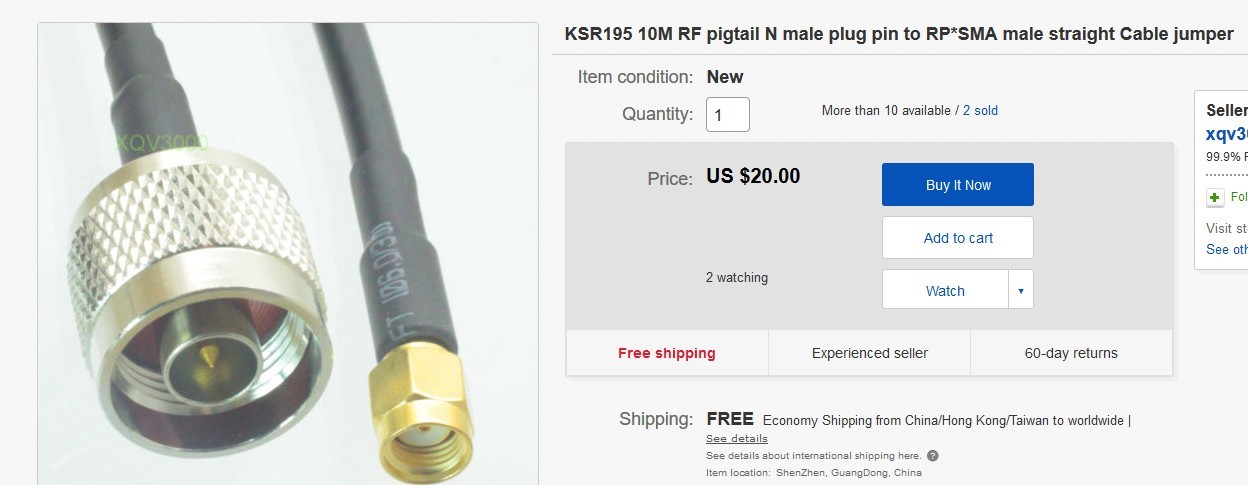
somebody using this KSR195 cable ?
what’s a good, affordable coax cable (prefab) ca. 10 mtrs ?
- update … just ordered it

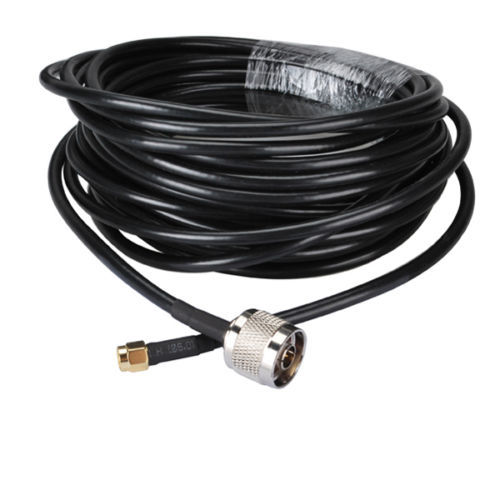
http://slkcorp.com/UploadFiles/Others/20130112185527_95037.pdf
Aprx 3.6 dB attenuation at 868Mhz with a length of 10m.
Any updates on your experiences with these? 
They both work as expected.
Build quality is good ( but I don’t have a reference, never bought a lora base antenna before  ) and I’ve received them very fast (week)
) and I’ve received them very fast (week)
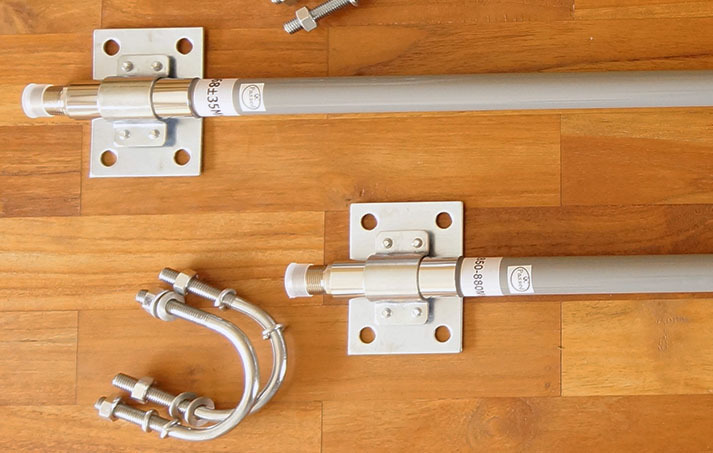
What I hadn’t thought of, is the coax cable loss @ high frequencies… if you buy the 3 dbi antenna and you have 10 mtr cable you have in fact no gain at all, or … you’ve compensated the cable loss.
I’ve bought some time ago a cheap China ‘wifi’ coax cable with sma connectors to find out now that these are really REALLY bad.
I prefer the 10 dbi (90 cm) as a base antenna and the 3 dbi I’ll use for a mobile setup where I use 10 cm coax between node and antenna.
I ordered a better 10 mtr coax cable  … to be continued
… to be continued
Did you test if there is any significant difference in rssi between these antennas and your GPA?
No not a serious test ( off course the 10 dbi should 'win ) … I will test when I receive the new coax cable and the antenna’s are mounted outdoors 
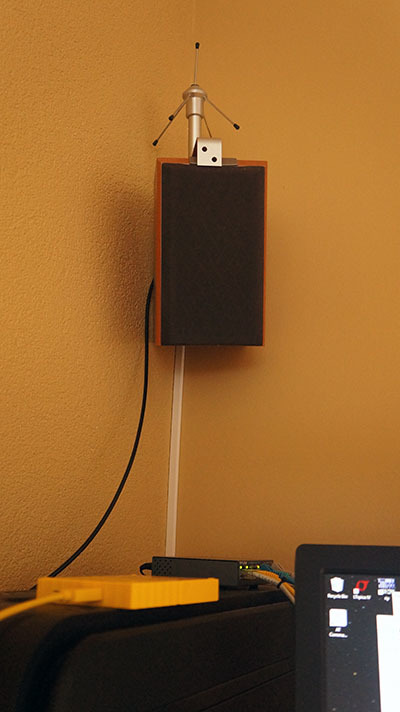
I was thinking at the same corner.
Do we need polarization diversity?
The short answer is no. No one is using it!
What longer answer is – LoRa chirp modulation mitigates this issue.
IMHO – does not solve it only mitigate it.
I was thinking to connect two Lora antennas at 90 degree with two receivers and just move around with one Lora transmitting node – I’m pretty sure that somebody else did such test, Isn’t it?
Do we have such data?
Thanks in advance
I was thinking to connect two Lora antennas at 90 degree with two receivers and just move around with one Lora transmitting node
that would be very interesting !
Diversity is benificial in the direction of the receiver and can help a lot in (dense) urban area’s.
By default will the use of two antennas add a gain of 3 dB as aperture gain.
The multipath reflections will add another 7 to 9 dB to the link budget.
So yes diversity will help.
There is one condition that shall be met: The receiver shall be equipped with multiple receivers so each antenna has its own receiver. Than the recived signal shall be conbined using maximum ratio combining.
Until now I have not seen a LoRaWAN receiver capeable of doing this.
Conclusion:
- Will diversity help? yes!
- Is it availabale? No.
Sectorising ( 3 gateways with a directional antenna) and using high gain antennas is much more benificial.